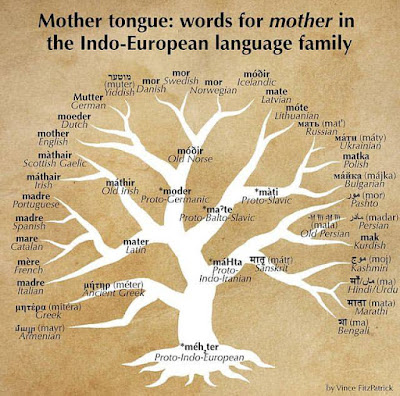Honouring the Land in a Post-Colonial Landscape
Something I spend a lot of time thinking about in my personal practice is the correct way to honour the land in a somewhat traditional way within heathenry, while being mindful that the land itself is different from the lands of the elder heathens. I live in Canada, and over the years I have even lived in several distinct regions of Canada. I have also lived abroad in Southeast Asia. I actually learned a lot about landspirits from the local traditions when I lived in Southeast Asia. It is still very common to this day to leave offerings to the spirits of place at your home or work. It is also common to ask permission from these spirits before starting to build somewhere, or performing certain rituals if for some reason you need to move a spirit home that is on your property.
So my combined experience is that my practice is informed by both historical heathen practice and also my time spent in Southeast Asia. That gives me a broad basis of understanding for connecting with the landvaettir, but there is still another very important aspect of my practice here in Canada. I am connecting to the land, this land. This land has been home to indigenous peoples for thousands of years. They were here long before me or my ancestors and they engaged with the spirits of the land in their own unique ways. The result is that the land here is familiar with being approached in a specific way. A gift that you might leave for a landvaettir in Europe, may not be received the same way in Canada, or the United States, or any other post-colonial land where heathens might call home in modern times.
We are aware of the land here in Canada. There are land acknowledgments that take place before important events, to recognize the land and the indigenous peoples who lived here before us. Sometimes these land acknowledgments might be coupled with an elder leading a ceremony and burning some combination of the four sacred herbs, tobacco, sweetgrass, sage, and cedar. In some ways, we already know the land and how to approach it. The thing we need to focus on is leaving gifts to the land that are things it is familiar with and will appreciate. We also want to leave things that will not harm the land in any way. That might seem straightforward but it can take a lot of thought.
Ideally you don’t want to leave any seeds from non-indigenous plants by accident if you leave offerings of fruit for example. If they grow they could disrupt the ecosystem, and that is sure to not make any land spirits very happy. In my current region I tend to use sweetgrass as an offering to the land spirits most often, but you may leave offerings of berries, or wild rice, or birdseed (a word of caution with this one because I have had some birdseed at my house that has sprouted.) Liquid offerings can be good such as milk, or mead, or ale but again, you have to remember that these are not traditional offerings to the land. This may cause you to think twice about them. In Southeast Asia the offerings to land spirits were often either incense, fruit, flowers, or for whatever reason, pink Fanta. I always thought the choice of Fanta was an odd one since it was clearly not traditional. If you want to offer a liquid offering to the land in Canada you might consider simply water, or maybe herbal tea. The same goes for meats. I personally tend to stay away from offerings of meat to the land spirits because I am usually doing this on public land, and meat attracts a lot of wasps, which annoys other people. If you are leaving meat you should remember that traditional Scandinavian dishes like salted fish or even pork or beef aren’t very traditional. You may want source venison or some other wild game.
Beyond that, listen to the land. Observe how your offerings are received. And also, listen to indigenous peoples and learn from them as well. Learning the stories of indigenous peoples about various spirits of the land is insightful and worth investing time into. Learning how indigenous peoples in your region approach the land is equally important. We must be respectful of indigenous people when engaging with them and not demand for them to tell us about their practices. We are there to listen if they wish to tell us. There is still a lot of work to be done to build grith with indigenous communities and we must always be mindful of this. I urge other heathens to take time a research how to be a good ally to indigenous peoples and also to learn about land stewardship in your region and how to best protect the wild places. They are too few and far between these days, and we want them to be available for future generations to enjoy as well. Be humble and be open to learning new practices to fit the land you live on.
Further Reading:
"First Nation Relationship to the Land"
https://www.ictinc.ca/blog/first-nation-relationship-to-the-land
"Land Acknowledgements in Neopagan Rituals: Perspectives from Ohlone Territory"
"Honouring the Truth, Reconciling for the Future: Summary of the Final Report of the Truth and Reconciliation Commission of Canada"
"Offerings To The Wights As Part Of Heathen Homesteading" by The Heathen Homesteader
https://theheathenhomesteader.wordpress.com/2016/03/05/offerings-to-the-wights/
"The (Re)conversion of the “Spirits of the Land” in Medieval Iceland" by Nicolas Meylan
"Spirits of the Land: Landvaettir, Wights, and Elves" by Molly Khan
“Whose Land is it Anyway?”
https://fpse.ca/sites/default/files/news_files/Decolonization%20Handbook.pdf
Photo Source:
“Devil tree, Othello Tunnels in Hope, British Columbia” by photographer Kolby Washere



